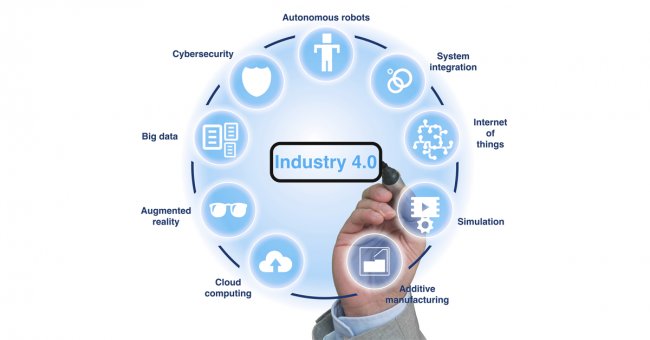The second revolution was a hundred or so years apart from the first one, when electricity and assembly lines made mass production possible. Most countries which were a part of this revolution, then saw a mass exodus of people from rural to urban areas and huge manufacturing units became a reality.
The third notable revolution occurred in the latter half on the 1900’s with Information Technology and Automation entering the production environment. So what has changed since the Third revolution and why are we hearing of a new revolution being dubbed as Industry 4.0?
The third industrial revolution allowed manufacturing to become more disciplined, controlled and thereby achieving reduced costs and improved quality of production. The fourth revolution, however, creates a chance for manufacturers to deliver more value through better understanding of demand, reduced waste, faster, more accurate decision making and economically executed mass customization.
Global markets are changing and becoming more consumers-centric. Consumers too have evolved and are demanding more and more customization in their requirements. Low cost mass customization is becoming the need of the hour and manufacturers need to find ways to cope up economically to provide an individual identity to all products they manufacture.
INDUSTRY 4.0 IS NOT JUST AN EXTENSION OF THE THIRD INDUSTRIAL REVOLUTION
It’s a revolution capable of transforming the global manufacturing landscape. However, before we understand the term Industry 4.0, let’s look at reasons why manufacturing would get revolutionized.
What are the enabling factors?
Ever since information technology and automation entered the manufacturing scene, it has helped industries become more profitable and more organized. However IT existed and continues to exist in separate silos across the operation for most of the organizations even today. While automation brings a certain amount of discipline to the operation and allows to reduce costs, when the information from the production floor does not reach the decision makers who are connected to the market, it creates a gap and delay in making mission critical decisions. This is where internet enabled modern IT comes into the picture.
Ever since the early 1990’s internet became freely available to the public, deals started to be made without ever meeting the customer. In manufacturing IT gained more prominence, where applications like the ERP, MES/MOM, SCM, CRM allowed organizations to communicate within its structure - for the first time in history of manufacturing an event detected on the production floor could lead to a change in business strategy of a manufacturer (say design of a new product or change of an existing supplier).
The internet provided manufacturers and industries much needed data from the outside world whereas IT applications provided internal data which could then be used to analyze whether or not the organization is heading in the right direction.
As internet evolved to allow affordable connectivity globally, technologies like cloud computing came into the picture, which eliminated the need to have local IT infrastructure. Along with this came smart technologies, like mobile devices with in-built cameras, GPS and sensors, and process equipment which can read almost any value from temperature to heart beats. As soon as these became internet enabled, allowing cross-application and cross devise communication, the stage was finally set for a new age of manufacturing.
INDUSTRY 4.0 AT ITS HEART IS A VISION OF MODERN MANUFACTURING
It is enabled by highly connected internet of things and most modern Information Technology which can make sense of the massive amounts of information available, coupled with disruptive technological breakthroughs in the field on Artificial Intelligence, Augmented reality, 3-D printing, cloud computing, Big data Analytics and Mobile technologies.
This revolution, although approaching at a very fast pace, is still predictable in a way that the approach towards it can be planned and that is what makes Industry 4.0 a truly novel concept.
Globally Industry 4.0 presents many challenges, and in meeting those challenges lays the key to approach its implementation. The major challenges which lie ahead are loud and clear, such as the need of global standards, platforms and architecture which will facilitate communication across applications, devices and organizations. Then there is the need to ensure security of process data, intellectual property and customer related data, proper regulatory framework, training of employees, design of jobs and responsibilities, management of complexity and efficient use of resources.
Global industry leaders and representatives from governments of the most industrialized countries of the world will need to work together in-order to usher in the new revolution. Countries like Germany have already started working on this concept and are paving the road which others will need to follow in implementing the Industry 4.0. A glimpse of what Industry 4.0 holds in store will follow in the next blog.
SEE ALSO WHITE PAPER: Manufacturing Software for Industry 4.0.Embracing Change and Decentralization for Success by Iyno Advisors and Critical Manufacturing. Click here to download.

